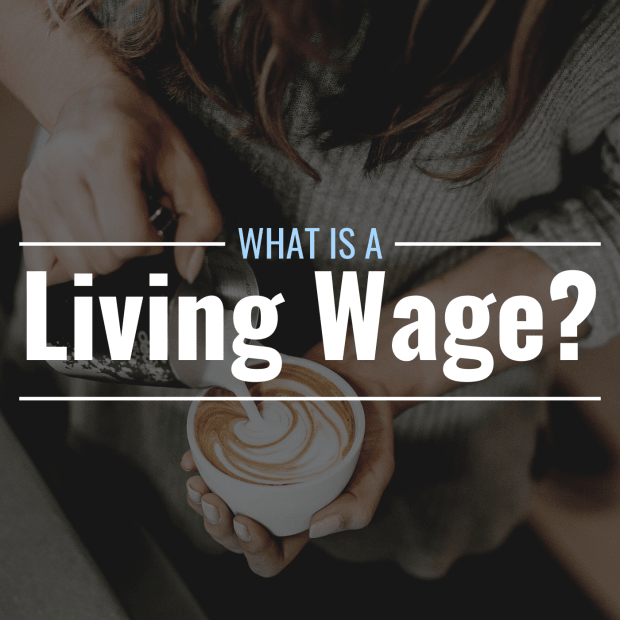
What Is a Living Wage in Simple Terms?
A living wage is the minimum amount of income a person or family requires to meet their basic needs without assistance in the place where they live and work. Typically, earning a living wage means making enough money to pay for housing, utilities, food, healthcare, clothing, transportation, childcare (if applicable), and any other necessities with a small margin left over for emergencies and unexpected expenses.
Those who make only a living wage for their area likely wouldn’t be able to afford many “extras” like vacations, subscriptions, or recreation equipment, while someone who makes 25% more than the living wage for their area could probably live relatively comfortably and have some saving or spending money left over after monthly necessities are paid for.
How Does Living Wage Vary Geographically?
What qualifies as a living wage varies considerably between states, regions, and cities because the cost of living is not uniform across geography. In general, densely populated urban areas have higher costs of living and thus have a higher theoretical living wage. Smaller, less popular cities and towns tend to have lower costs of living and thus a lower theoretical living wage.
In any given area, a living wage for a single, childless individual can be thought of as the sum of the average monthly costs for a one-bedroom apartment, utilities, groceries, public transportation fare, healthcare, and semi-routine necessary costs like clothing and unexpected expenses. Because all of these things cost much more in Manhattan, New York, than they do in Youngstown, Ohio, for instance, what qualifies as a living wage is much higher in Manhattan than it is in Youngstown.
Living Wage vs. Minimum Wage vs. Poverty Wage: What’s the Difference?
While a living wage is a theoretical minimum compensation amount that would allow a person to live comfortably but very modestly, a minimum wage is an actual legal compensation floor enforced in an area. The Federal minimum wage is $7.25 per hour, but some states and municipalities enforce their own minimum wages. The highest applicable minimum wage in a given area is the one that is legally enforced.
A poverty wage is similar to a living wage, but it is usually lower, as it only includes extremely necessary expenses like rent and food but does not account for things like modest emergency savings or unexpected expenses. Also called the poverty line or poverty threshold, this wage is usually calculated across an entire country, so it does not account for regional cost-of-living differences as well as living wage estimates. The poverty threshold can be thought of as the average wage an American worker would need to “barely scrape by.”
Is the Minimum Wage a Living Wage Anywhere in the U.S.?
Interestingly, no state or city in the U.S. offers a minimum wage that is as high as the estimated living wage for a single individual in that area. In other words, a single individual working full-time for minimum wage could not live comfortably without assistance anywhere in the U.S.
In any given area in the U.S., the highest applicable minimum wage (between federal, state, and municipal) is enforced. Washington is the state with the highest minimum wage ($15.74), and Seattle is the city with the highest minimum ($18.69). The federal minimum wage is $7.25, and this is the wage enforced in areas with no state or municipal minimum.
Statista hosts a page that shows the gap between the minimum wage and living wage in each U.S. State.
What Is Considered a Living Wage in Major U.S. Cities?
The table below lists hourly living wages (as calculated by MIT’s living wage calculator) for 10 major U.S. cities as of the organization’s 2023 data. For the columns titled “2 Adults” the living wages listed are per adult—not combined. Children are assumed to be supported by adults and not employed.
What Is a Living Wage Surcharge?
A living wage surcharge is a percentage fee that a business adds to the cost of its products and uses to increase its employees’ compensation. Typically around 1–3%, living wage surcharges are most common in restaurant and service settings, but they have also been instituted by some retailers.
A living wage surcharge is separate from sales tax and is supposed to be diverted toward employee compensation. Critics of living wage surcharges point out that paying employees a living wage should be considered one of the many costs of doing business, and that doing so would eliminate the need for additional, customer-facing surcharges.







